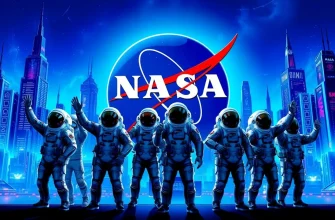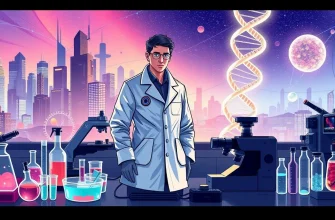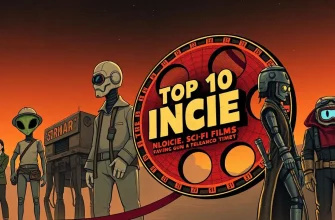The vast expanse of space has always captivated human imagination, and astronomers are often at the forefront of this exploration. This curated list of 10 sci-fi films showcases the lives, discoveries, and adventures of astronomers, blending scientific curiosity with fantastical elements. Whether you're a fan of space exploration, cosmic mysteries, or simply enjoy a good story set against the backdrop of the stars, these films offer a unique perspective on the universe through the eyes of those who study it.
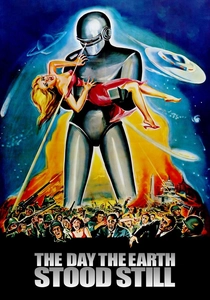
The Day the Earth Stood Still (1951)
Description: While not strictly about an astronomer, the film involves scientists, including astronomers, who must deal with an alien visitor warning humanity about its destructive behavior. It's a classic sci-fi tale with a message.
Fact: The film was remade in 2008 with Keanu Reeves, but the original is celebrated for its Cold War-era allegory.
 Watch Now
Watch Now
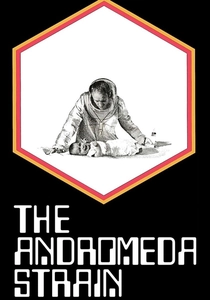
The Andromeda Strain (1971)
Description: This film follows a team of scientists, including astronomers, who investigate a deadly extraterrestrial microorganism brought back to Earth. It's a blend of science fiction and medical thriller.
Fact: The film was based on Michael Crichton's novel and was one of the first to use computer-generated imagery for its visual effects.
 Watch Now
Watch Now
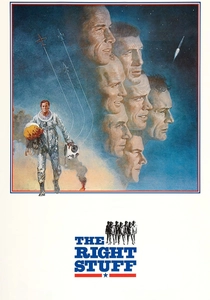
The Right Stuff (1983)
Description: This epic film chronicles the early days of the U.S. space program, focusing on the astronauts and the scientists behind the scenes, including astronomers who helped navigate the stars.
Fact: The film was based on Tom Wolfe's book of the same name and was critically acclaimed for its portrayal of the Mercury Seven astronauts.
 Watch Now
Watch Now
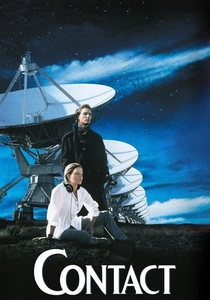
Contact (1997)
Description: Based on Carl Sagan's novel, this film follows Dr. Ellie Arroway, an astronomer who discovers a signal from an alien civilization. It's a deep dive into the search for extraterrestrial intelligence and the philosophical implications of contact.
Fact: Carl Sagan, who wrote the novel, was a real-life astronomer and astrophysicist. The film's depiction of the Very Large Array in New Mexico was the first time the facility was used as a filming location.
 Watch Now
Watch Now
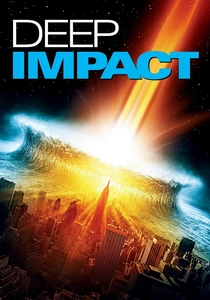
Deep Impact (1998)
Description: Astronomers play a key role in this disaster film where a comet is on a collision course with Earth. The film explores the human response to an impending cosmic catastrophe.
Fact: The film was released in the same year as "Armageddon," leading to comparisons between the two asteroid-themed movies.
 Watch Now
Watch Now
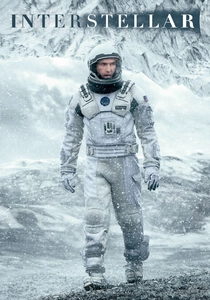
Interstellar (2014)
Description: While not exclusively about astronomers, the film involves a team of scientists, including an astrophysicist, exploring wormholes and black holes in search of a new home for humanity.
Fact: The film's depiction of black holes was based on real scientific theories, with Kip Thorne, a theoretical physicist, serving as a consultant.
 Watch Now
Watch Now
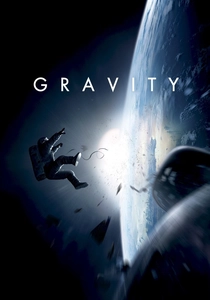
Gravity (2013)
Description: While primarily about astronauts, the film includes scenes where the characters must navigate space using astronomical knowledge, showcasing the importance of astronomy in space missions.
Fact: The film was shot in zero gravity, with actors undergoing extensive training to simulate the conditions of space.
 Watch Now
Watch Now
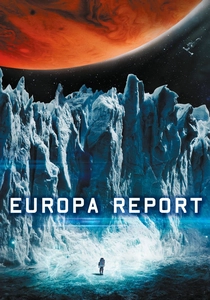
Europa Report (2013)
Description: A crew of astronauts, including an astronomer, embark on a mission to explore Europa, one of Jupiter's moons, in search of signs of life. The film uses a found-footage style to enhance the realism of the journey.
Fact: The film was praised for its scientific accuracy and its use of real astronomical data to depict the journey to Europa.
 Watch Now
Watch Now
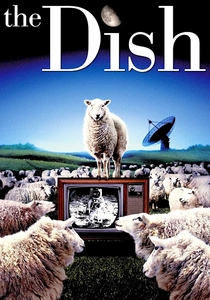
The Dish (2000)
Description: This Australian comedy-drama focuses on the team at Parkes Observatory, including astronomers, who play a crucial role in broadcasting the Apollo 11 moon landing to the world.
Fact: The film is based on real events, although some liberties were taken for dramatic effect.
 30 Days Free
30 Days Free
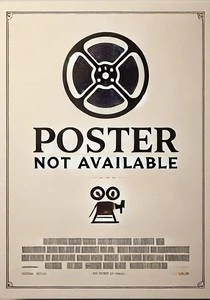
The Astronomer's Dream (1898)
Description: This early silent film by Georges Méliès features an astronomer who falls asleep and dreams of a chaotic universe where planets and stars come to life. It's a whimsical take on the astronomer's imagination.
Fact: Méliès was a pioneer in special effects, and this film showcases his innovative techniques in stop-motion and double exposure.
 30 Days Free
30 Days Free


